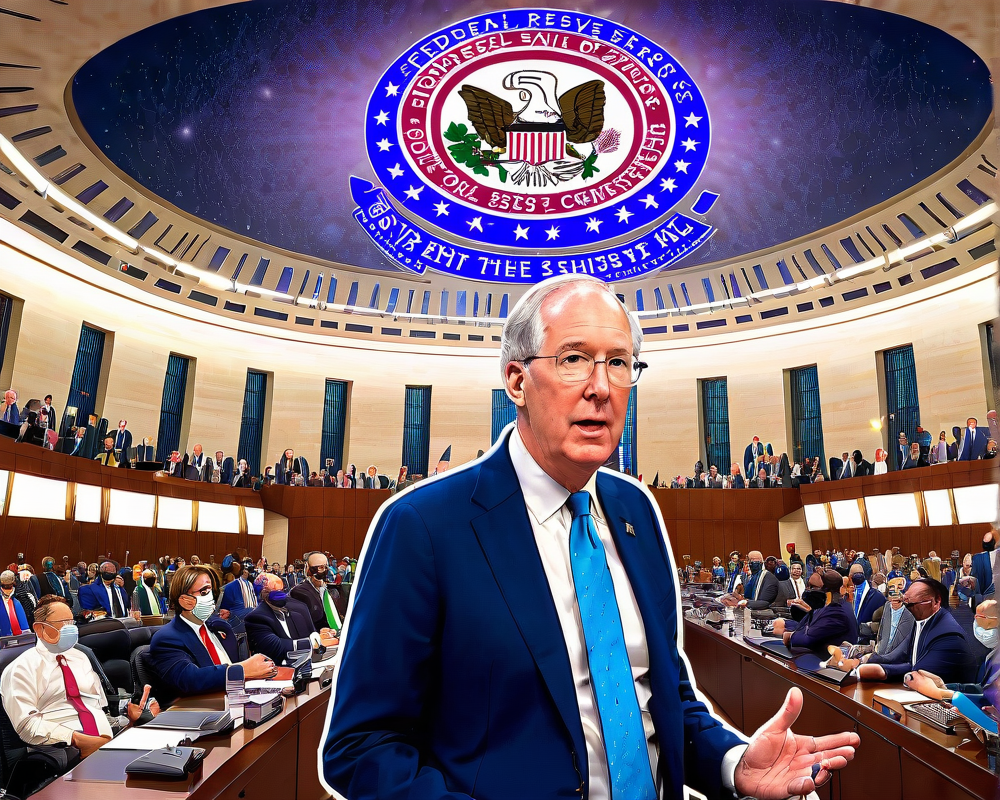The Great Bitcoin Ad Debate
The recent saga involving the United Kingdom’s Advertising Standards Authority (ASA) and BitMEX has opened up a can of worms regarding cryptocurrency advertising. The ASA determined that BitMEX’s website featured Bitcoin graphs indicating unrealistic price movements since January 2019. Four complaints poured in, accusing the platform of potential deception on the profitability of Bitcoin investments. Turns out, the complaints hit home, resulting in a judiciary thumbs-up to the concerns raised.
Eye of the Ban Storm
The advertising landscape for cryptocurrencies has not been kind since 2018, where social media giants such as Facebook led the charge against crypto promotions. Facebook’s product management czar, Rob Leathern, stated the ban was meant to enhance security and integrity, effectively curbing potential scams. By extension, Google followed suit, enforcing a blanket prohibition on cryptocurrency ads by June 2018. Twitter, not wanting to be left out, jumped on the ‘no crypto’ bandwagon soon after. One can’t help but picture these tech titans as a rather exclusive, grumpy old boys club, gathering in a smoky room to ban anything remotely crypto-related.
Fighting Back: The Hodler Revolution
The crypto fanatics were fueled by what felt like a full-on digital witch hunt, declaring open war against such advertising restrictions. Groups from Russia, South Korea, and China quickly banded together, filing collective lawsuits against the likes of Facebook, Google, and Twitter. It’s like crypto Avengers, assembling to fight the good fight! A litany of associations sprouted, including the Eurasian Blockchain Association. They even summoned reinforcements from Switzerland and Kazakhstan. By August 2019, JPB Liberty took it up a notch, filing a whopping $500 billion lawsuit against those same tech giants. It seems even in the face of bans, the crypto community has come to play hardball.
Changes on the Horizon?
After what seemed like ages of silence, the tech giants softened their stance a tad. Google, in a rare show of flexibility, reintroduced crypto advertising possibilities for regulated exchanges in certain regions by October 2018. Meanwhile, Facebook made some concessions in May 2019, albeit with plenty of fine print, allowing ads related to blockchain technology without prior approval. It’s as if they were slowly opening a tiny door just wide enough for a cat to squeeze through but keeping a firm hand on the rest.
Life Beyond the Ban
Even with constraints from heavyweights like Facebook and Google, the crypto sector continually finds innovative routes to promote itself. Content platforms such as Telegram, Medium, and Steemit offer sanctuary for crypto enthusiasts. They’ve even embraced some unconventional promotional strategies, like a Japanese pop group branding themselves as the ‘Virtual Currency Girls,’ using music and dance to make crypto accessible and fun. Clearly, if there’s a will (or a Bitcoin wallet), there’s a way!




